Another Morning Spent Birding at a Golf Course
Our pleasant monthly adventure!!
Our group spent a morning in late May at our regular golf course. The weather was perfect and not yet too hot. Then again, if you begin your walk at 5:20 AM, the temperatures in Tucson are much nicer at this time of year. Here are a few things we saw on this month’s outing.
A coyote greeted us as we entered the course. As always, it was in a rush.
Many of the Desert Willow trees were blooming
We know that Quail live on the course year round but there are months when we don’t see any. This male Gambel’s Quail was in a tree alongside the driving range. Quail are most commonly seen on the ground, but they are birds and they fly. At this time of year, the males often perch on a high spot to claim territory or watch over their family.
It’s nesting season and several American Coots already have young hatched. The bald head and orange fuzzy faces of these young birds look comical but serve a purpose. Usually the youngest coots are the most brightly colored. That lets the parents know they are the babies that need the most attention and support. The white fuzzy feathers on the youngster's back tells us this bird is probably less than a week old, as they begin losing those downy feathers by the fourth day after hatching.
Here is a close-up of another young Coot. One 2019 article I read in The Atlantic described Coot chicks as “an aesthetic that's part drunk friar, part disheveled lion, and part tequila sunrise. Their faces and bald pates are bright red, while their necks are encircled in scruffy yellow-orange plumes.”
As they grow older, the Coots lose their bright colors and begin to darken. Their head remains white though. A research paper from UC Santa Cruz addressed the unusual colors of young Coots.
This being breeding/nesting season, there were young birds everywhere. This is a young Pied-billed Grebe. I like the zebra looks of their face at this age.
Gila Woodpeckers are the common woodpeckers of our area and of this course, which is set in the desert. This is a different woodpecker species called a Gilded Flicker. If you look very closely you can see some yellow in the wing feather shafts that gives this bird its name. The red mustache tells us this is a male Gilded Flicker.
Gilded Flickers like to be on the ground eating ants, but they also eat the nectar of the saguaro flowers as well as any insects that may be inside the flowers..
Another summer bird that has returned is the Western Kingbird. These birds eat insects and there were quite a few on the course on Tuesday. I don’t usually see these birds on the ground but the moist fairway grasses often provide a bonanza of insect prey for many birds.
Most often, the Western Kingbirds are seen in trees, near the top, where they can look for insects to chase after. There are other summering Kingbirds and Flycatchers that look similar to the Western Kingbird. Besides the color and shape to ID this bird, the outer tail feathers are white as you can see in this shot. Those white outer tail feathers are unique to Western Kingbirds.
It was another pleasant morning spent with friends out in nature!


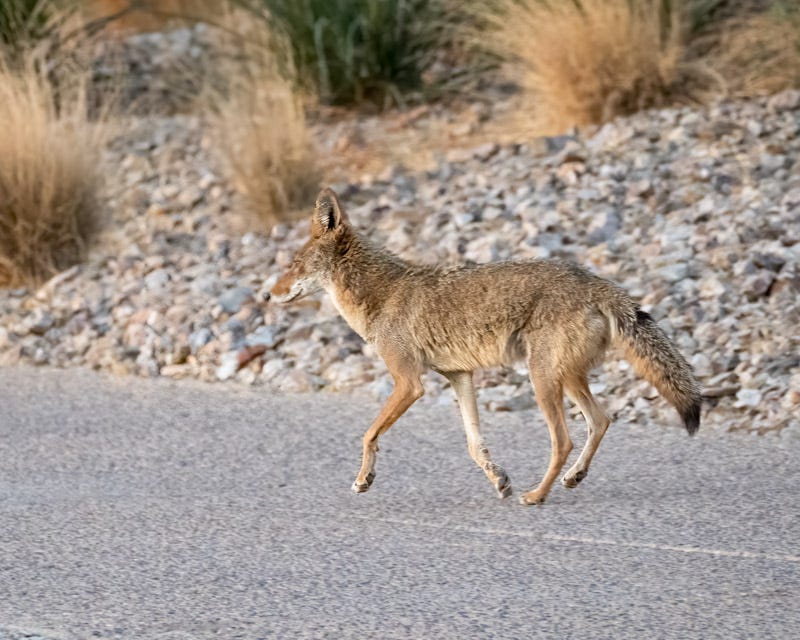

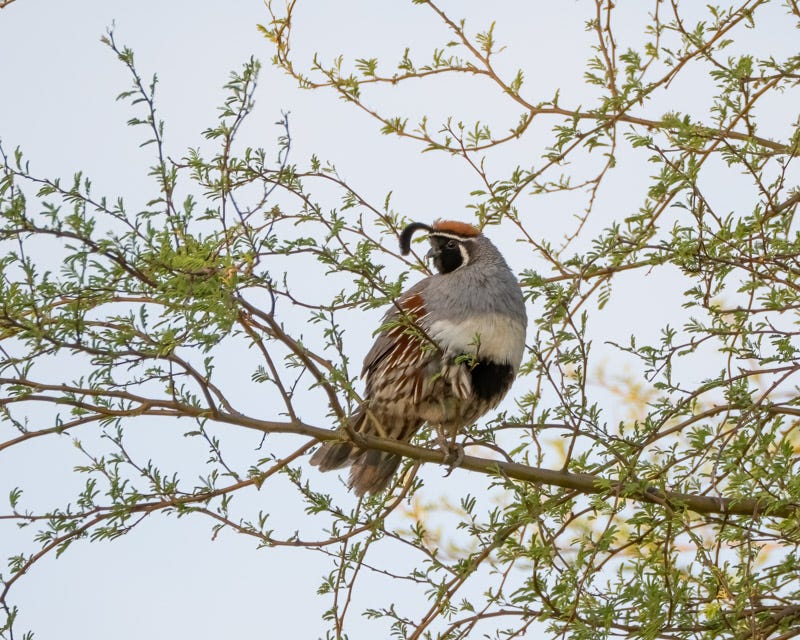
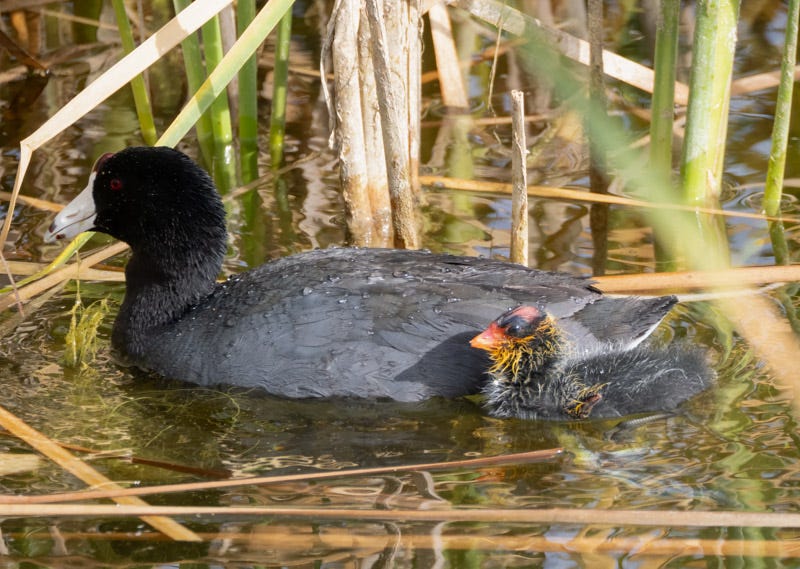
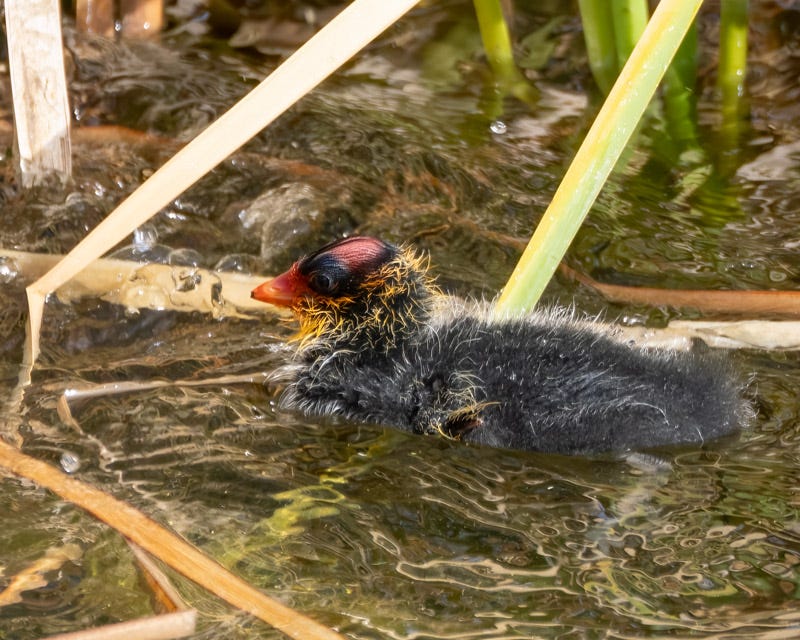
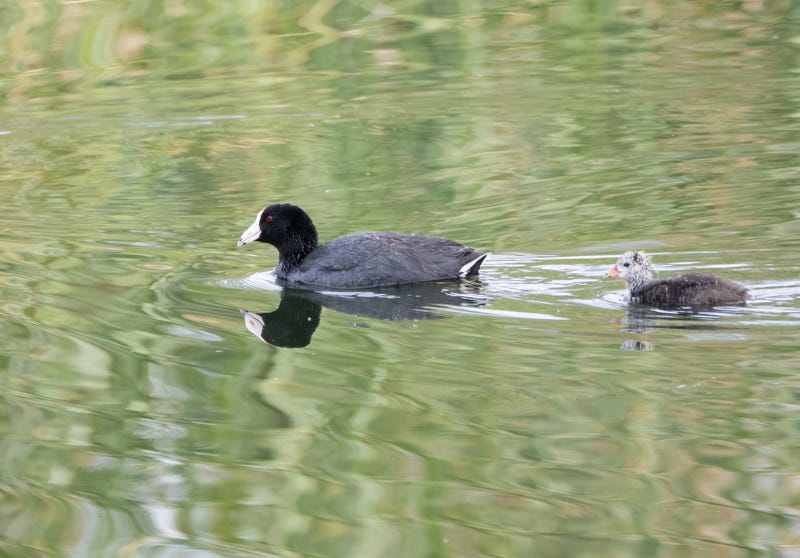
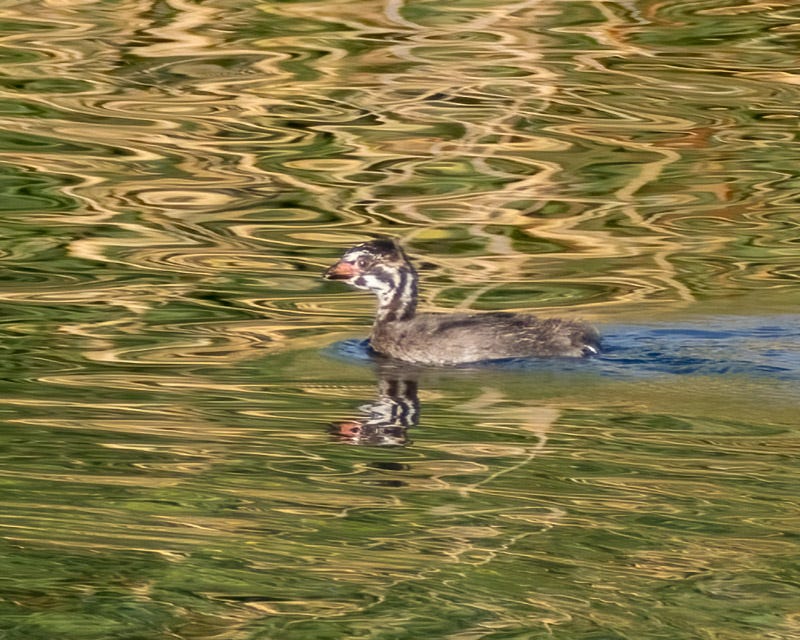
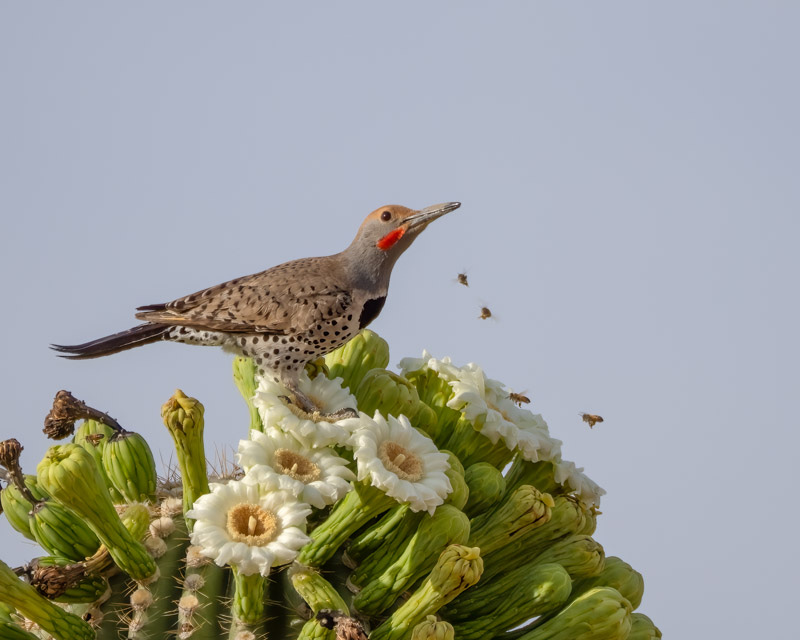

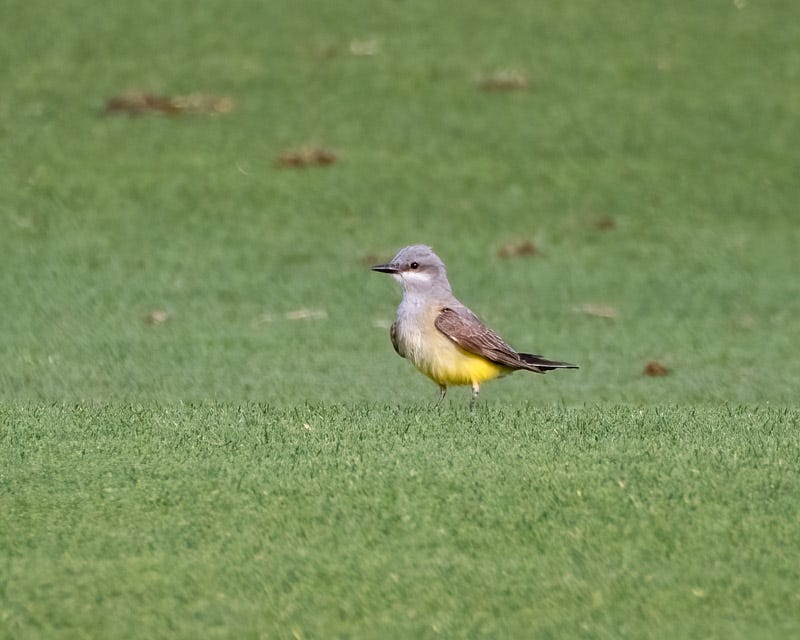
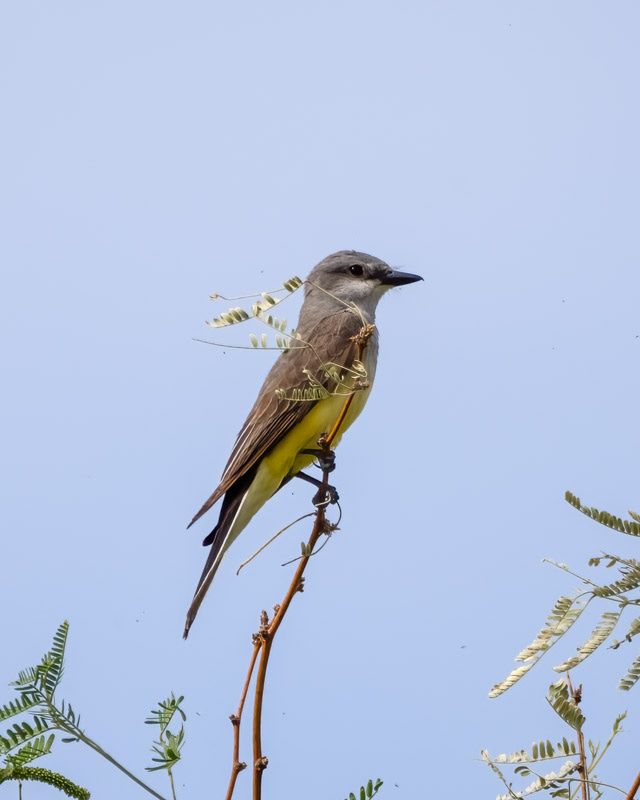
Love the baby coot, the gilded flicker, western king bird!
Wow cute and beautiful